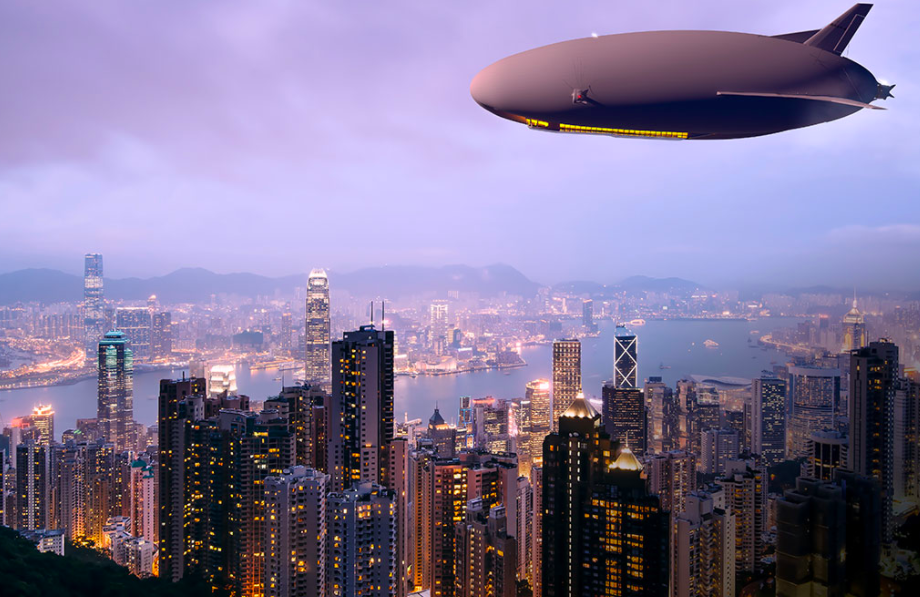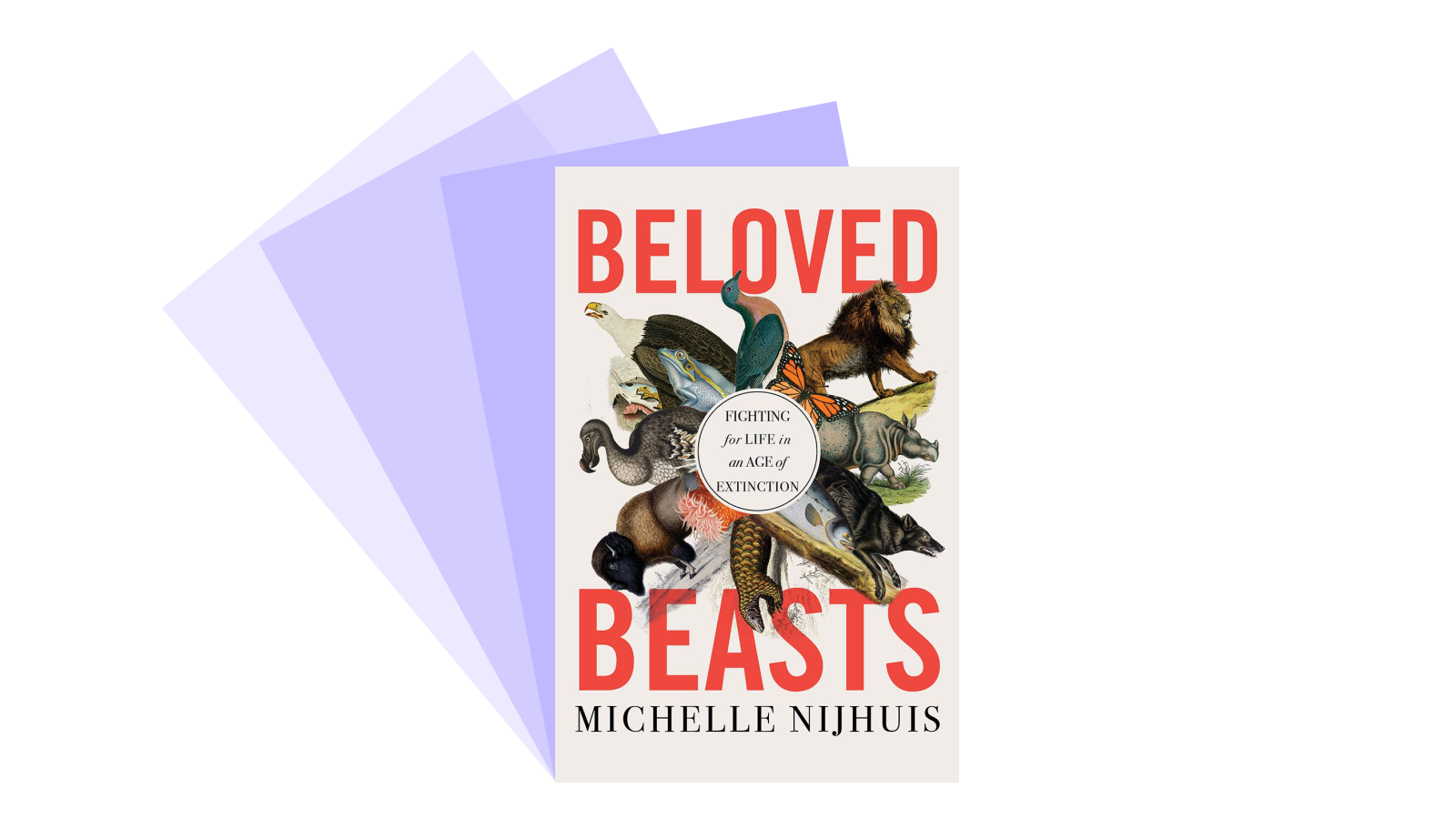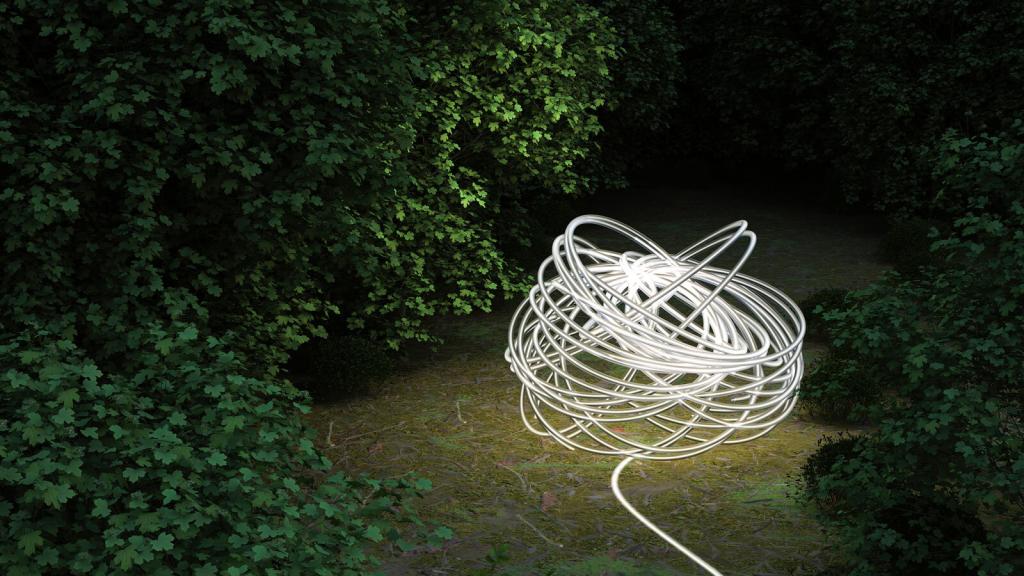I got to attend my daughter’s eighth-grade graduation on Thursday. In between choking back tears (while choking on my mask), I was struck by how she and so many of her peers spoke about their plans to contribute to a better world.
Part of that sentiment comes from, yeah, growing up on a hippie-dippie island in Puget Sound. Part of it stems from the urgency of the challenges that she and her friends understand will shape their futures — the climate crisis, systemic injustice, assaults on already imperfect democracies.
A big part, however, springs from what they’ve just experienced during the pandemic: how quickly the world can turn upside down, but also how quickly change can seem normal and even, in some cases, transform into opportunities. (Lockdown rationales to persuade parents about the need for a puppy … technological advances like mRNA vaccines … new ways to be together with friends and to engage in the democratic process — letter-writing evenings with fellow families around firepits! Did I mention hippie-dippie island yet?)
Change is not only required, they seem to realize, but also possible.
That’s the message, too, of The World We Need, a book that Fix is helping to roll out in partnership with The New Press. It’s about individuals at the forefront of the environmental movement and the solutions they and their groups are bringing forth. Against stiff odds, these leaders in frontline communities are winning struggles against polluting industries while laying the template for a more just, regenerative society.
If you’ve got ideas about the path toward the world we all need — and the opportunities to build toward that world as we all graduate from a year+ of pandemic times — send ‘em our way. And as always, send your friends toward Shift Happens.
Chip Giller
Grist Founder and Creative Officer
Your new heroes

The World We Need highlights the work of Fixers galore and other inspiring leaders. For example:
- 2020 Fixer Julian Brave NoiseCat writes about the work of Indigenous matriarchs and the Sogorea Te Land Trust to reclaim sacred Ohlone lands in the Bay Area. Chronicling the return of a parcel in East Oakland and the construction of a small ceremonial dance arbor there, NoiseCat observes: “The arbor at Sogorea Te’ rises with an intriguing idea: that under the care of Indigenous women, the land and the people it sustains could fare much better. Perhaps there is another way — a more feminine way — to relate to this land that could help return the Bay to the place of wild plenty it once was for the Ohlone.”
- 2020 Fixer Beka Economopoulos and the art collective Not An Alternative, partnering with groups like Texas Environmental Justice Advocacy Services, have worked to push Big Oil out of museums in Houston and elsewhere. (We hosted a related virtual gallery event last week with Economopoulos and fellow Fixer Favianna Rodriguez — check out the recording here.)
- The community group UPROSE, led by Elizabeth Yeampierre and staffed by people like artist Adan Palarmo, is striving to bring about a just transition in Brooklyn’s Sunset Park neighborhood, away from a fossil-fueled world toward one that creates new industries while bolstering local democracies.
Learn more about the myriad people and projects featured in The World We Need.
Your pick-me-up

- It’s a bird! It’s a plane! It’s a shark … no, it’s a blimp? A British company plans to start flying 100-passenger blimps by 2025 to transport people between cities like Seattle and Vancouver. The helium-filled blimps will release 90 percent less carbon dioxide per passenger than a commercial jet, the company says. It hopes to launch a fully electric, zero-emissions version of the aircraft by 2030.
- Coal in one. Maddie Stone is one of the most important writers on the climate-solutions beat. Here she reports on efforts to turn coal country in the U.S. into a rare-earth powerhouse. Turns out that rare-earth minerals, which play a vital role in cell phones, LED screens, electric cars, and much more, can be extracted from coal waste — and the Department of Energy is exploring the best ways to do just that.
- The highest form of batteries. David Roberts’ “Battery Week” (more like Battery Month) is required reading to understand the ins and outs of how batteries are essential to our clean-energy future and what the future holds for, wait for it, battery storage. (Truly interesting stuff, I promise!)
- Highway to swell. Don’t miss this great New York Times feature on how cities like Rochester, New York, are working to remove highways and fix neighborhoods that were torn apart to disastrous effect when highway-building was all the rage.
- Mural, mural on the wall. Speaking of cities on the rise, give a gander to this mural project (video, too) to reimagine Lynn, Massachusetts — heretofore perhaps best known for the ditty, “Lynn, Lynn, city of sin.”
- Like peanut butter and chocolate. Meanwhile, a new initiative in New York City combines solar power on affordable-housing units with high-speed broadband access and WiFi at discounted rates, a pairing that could become a model for other cities across the country.
Your reading list

Longtime environmental reporter Michelle Nijhuis is out with an important book about the modern-day conservation movement, told through the stories of the people who brought it about. Beloved Beasts covers the highs (new forms of thinking, species saved) and considerable lows (ties to racism and colonialism) of conservation’s history, and charts a more-inclusive way forward for the movement. I asked Nijhuis this week to share some of her learnings.
You challenged yourself to avoid the terms nature, wild, and wilderness in a book about conservation. Whaa? How did that go?
It was easier than I thought! It’s always bothered me that some of the most common terms in conservation mean such different things to different people. One person’s “nature” is another person’s vacant lot. That vagueness isn’t simply confusing — I think it also allows people to keep believing that nature is something apart from us, something we can damage without damaging ourselves.
So when I was writing Beloved Beasts, I tried to use more precise terms, and I discovered they weren’t that difficult to find. I just had to think a little harder about what I was trying to say, and in some cases use an extra word or two. It became a habit, and I found that it shifted my own perspective. It’s become just a little bit easier to remember that my human household is part of an ecosystem, and that it depends on ecological relationships for survival.
Could you unpack the troubled history of conservation and talk about how you see things playing out today?
Yes. The founders of the modern conservation movement — by which I mean the movement that began in the late-1800s, when some people in North America and Europe recognized that humans could drive other species extinct on a global scale — were predominantly wealthy, male, and white. They saw what their societies were doing to other species, and their money and status made it possible for them to speak up with few consequences. Their foresight helped them accomplish things that still benefit us today — we might not have the plains bison, for example, without the elite sportsmen who worked to protect it.
But many of these early conservationists didn’t believe that their less privileged fellow humans were capable of living sustainably alongside other species — some of them hated subsistence hunters, for instance. In more than a few cases, that pessimism was infused with racism, and led to policies that ignored the needs and abilities of vulnerable people, especially in colonized territories. Those prejudices haven’t gone away, and people around the world are still suffering from them.
The conservation movement has become more diverse in recent decades — diverse not only in terms of race, gender, age, and class, but in location and approach. Professional conservationists have become much more aware that top-down prohibitions — laws and park boundaries — can’t be their only means of protecting other species. Laws and boundaries have been and still are useful, of course. But if the conservation movement is going to protect life on a global scale, it also needs to support people in living sustainably within ecosystems and alongside other species, for example by securing and defending the rights of people who are already successfully managing their local habitats.
Elinor Ostrom was a new name to me. And your own thoughts about conservation seem very aligned with hers. Could you tell us a bit about Ostrom and what you learned in researching her?
Yes! I wish more people knew about Elinor Ostrom, who won the Nobel Prize in Economics in 2009 — I think of her as the most important conservationist whom most conservationists have never heard of. She spent most of her career disproving the “tragedy of the commons,” the proposition that when people share access to a resource, they will inevitably consume that resource until it’s gone.
Ostrom found that all kinds of societies have developed systems for conserving shared pastures, forests, and fisheries, and that some of those systems have endured for centuries. She emphasized that each system is unique — as she liked to say, there are no panaceas — but they do have common features that other communities can learn from.
Ostrom’s work showed that inclusive, bottom-up conservation strategies are a crucial piece of the conservation ecosystem.
What do you think about efforts to revive and restore species that can no longer reproduce or are even extinct through new uses of technology? Could we see the return of the passenger pigeon? What about mastodons?!
Oh, man. One of the reasons I wrote this book is that I was so frustrated by the huge number of news stories about the potential “revival” of passenger pigeons and woolly mammoths! It may be possible, someday, to use genetic material from a passenger pigeon and genetic material from a related species to create a hybrid animal. That possibility raises all sorts of fascinating practical and ethical questions that are lots of fun to argue about. And to be clear, I’m not at all opposed to the use of technology in the service of conservation — advanced reproductive technologies could very well help prevent the extinction of some extremely rare species.
But I think it’s so important to remember that these kinds of efforts are not what conservation is really about. Modern conservation began as a movement to protect a few iconic species from extinction, but it’s evolved a great deal over the past century or so, thanks in part to the insights of ecologists and conservation biologists. Conservation is ultimately about protecting species in place, in abundance, and in relationship with each other — which means protecting habitat from development and species from exploitation. That can’t be done in a lab.
If scientists ever do create a flock of semi-passenger pigeons or a herd of mammoth-elephant hybrids, it might be exciting, but it won’t be a conservation victory. It’ll be a new conservation challenge, because those animals will need secure habitat, too.
Do you see any reasons at all for optimism? Or is the sixth extinction inevitable?
I can’t say that my immersion in the history of the conservation movement made me truly hopeful — this is 2021, after all — but it definitely renewed my sense of possibility. The conservation movement has come so far, and learned so much! It’s not possible to save everything, but it’s possible to save a lot, and there are so many ways to do so. We can’t give up now.



